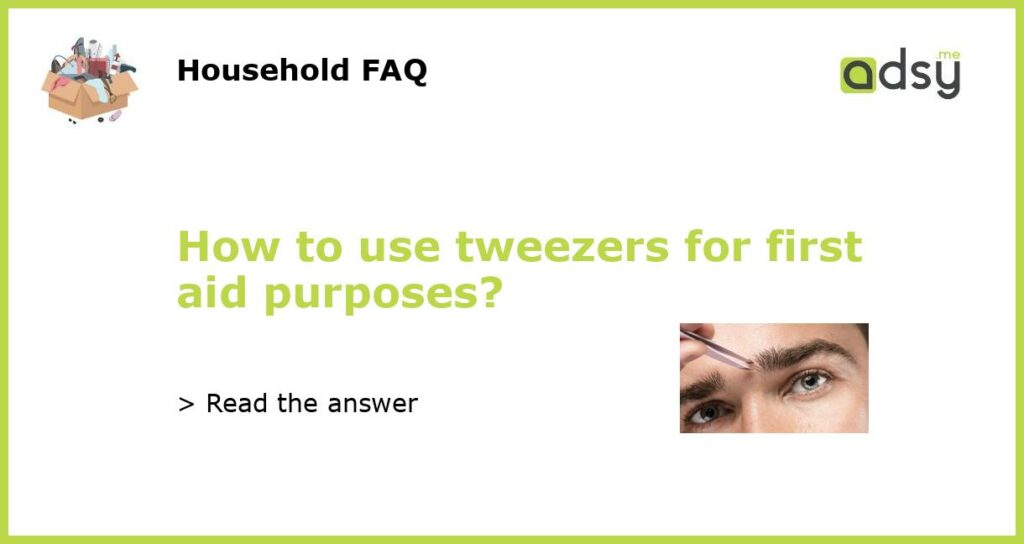Understanding the Basics of First Aid Tweezers
First aid tweezers are small handheld tools with pointed tips that are specifically designed for medical or first aid purposes. They are commonly used to remove foreign objects such as splinters, shards of glass, or insect stingers from the skin. Using tweezers for first aid requires proper technique and precautions to prevent further injury or infection.
Choosing the Right Tweezers for First Aid
There are different types of tweezers available on the market, but not all are suitable for first aid purposes. The ideal first aid tweezers should have a pointed tip with a fine edge for precise gripping. Stainless steel tweezers are commonly recommended as they are easy to clean and sterilize. It is also essential to ensure that the tweezers have a good grip and adequate control to minimize the risk of slipping or causing additional injury.
Preparing for Tweezers Usage
Before using tweezers for first aid purposes, it is crucial to clean the area and your hands thoroughly. Wash the affected area with mild soap and water to remove any dirt or bacteria. It may be helpful to sterilize the tweezers by wiping them with rubbing alcohol or boiling them in water for a few minutes. This step helps minimize the risk of infection and maintain hygienic conditions.
Proper Technique for Using Tweezers
When using tweezers for first aid, it is important to follow the proper technique to ensure effective and safe removal of foreign objects:
- Gently hold the tweezers with your thumb and index finger, ensuring a firm grip on the handle.
- Position the pointed tip near the base of the foreign object.
- Apply gentle pressure to tightly grip the object.
- Slowly and steadily pull the object straight out in the same direction it entered the skin.
- Be cautious not to squeeze or crush the object while removing it.
If the object is embedded deep in the skin or if there is excessive bleeding or pain, it is recommended to seek medical assistance rather than attempting to remove it yourself.
Post-Removal Care and Further Treatment
After successfully removing the foreign object with tweezers, it is important to clean the area again with warm water and soap. Apply an antiseptic ointment or cream to prevent infection and cover the wound with a sterile bandage or dressing. Keep an eye on the affected area for any signs of infection such as increased redness, swelling, or pus formation. If any signs of infection develop or if the injury worsens, consult a healthcare professional for further evaluation and treatment.






